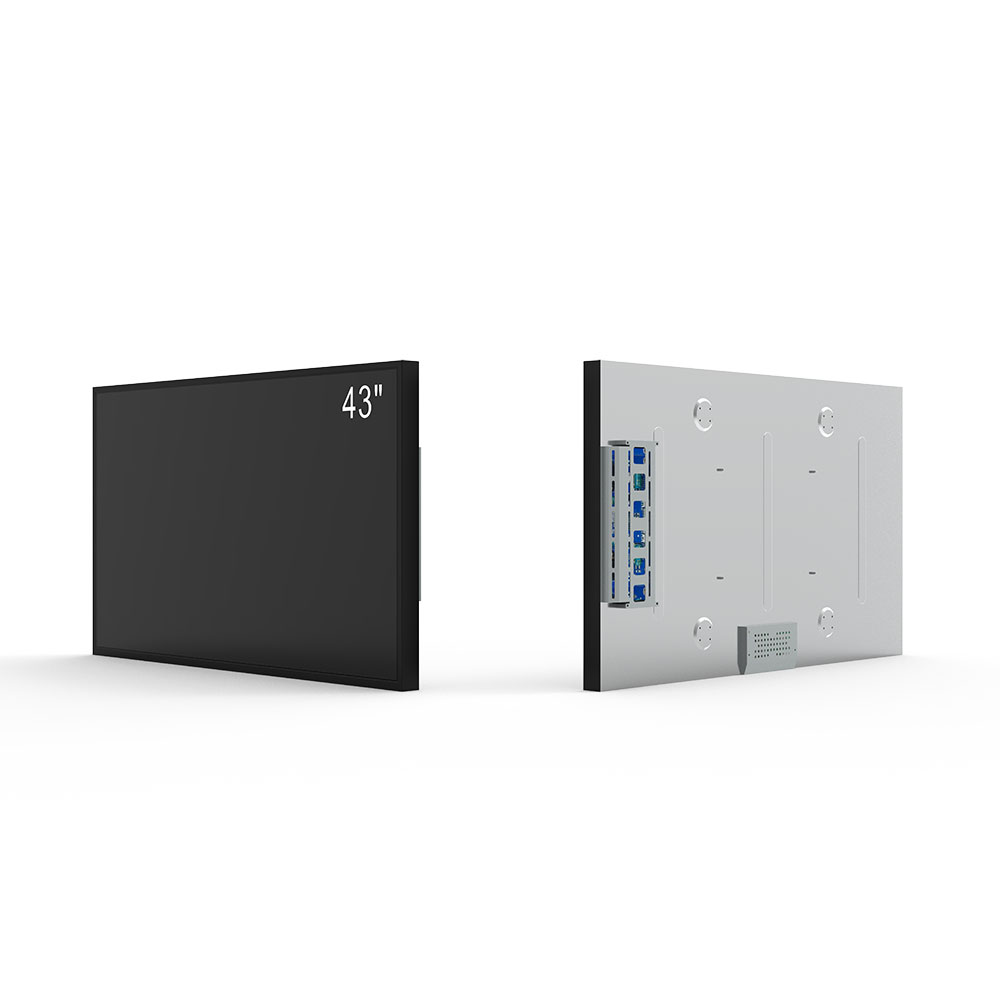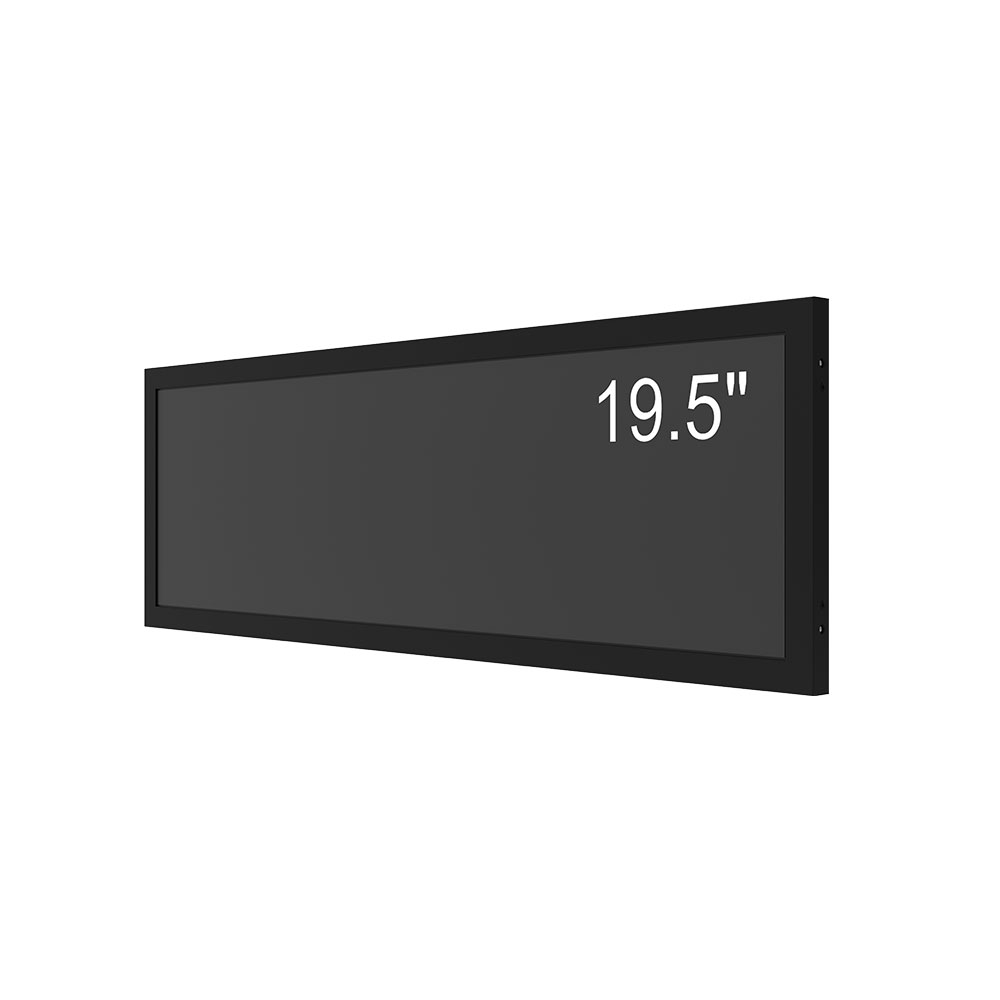- Home
- About Us
- Products
- News
- Video
- Contact
- Send Inquiry
Search
- Home
- About Us
- Products
- News
- Video
- Contact
- Send Inquiry

Outdoor LCD screens have become a cornerstone of modern digital signage, transforming how businesses, cities, and institutions communicate with the public. Unlike indoor displays, outdoor LCDs must withstand extreme environmental conditions—including intense sunlight, rain, wind, and temperature fluctuations—while maintaining high brightness, color accuracy, and long-term reliability. These screens are now widely used in advertising, transportation hubs, retail environments, sports stadiums, and public safety systems globally.
The core technology behind outdoor LCDs lies in their ability to deliver ultra-high brightness levels, typically ranging from 5,000 to 10,000 nits or more, which ensures visibility even under direct sunlight. This is achieved through advanced backlighting solutions such as LED arrays optimized for luminance efficiency and thermal management. For example, Philips’ outdoor display systems use dynamic brightness adjustment algorithms that automatically increase output when ambient light intensifies—a feature validated by studies published in IEEE Transactions on Consumer Electronics (2022).
In addition to brightness, durability is paramount. Outdoor LCD panels often incorporate anti-reflective coatings, sealed enclosures (IP65 or higher), and fanless designs to resist dust, moisture, and mechanical stress. Case studies from companies like LG and Samsung highlight how their commercial-grade outdoor displays have operated reliably in harsh climates—from Dubai’s desert heat to Oslo’s sub-zero winters—for over five years without significant degradation in image quality.

Another critical advancement is the integration of smart sensors and connectivity protocols like Wi-Fi 6, 5G, and IoT compatibility. These enable remote diagnostics, content scheduling, energy monitoring, and predictive maintenance. A real-world example is the deployment of 300+ outdoor LCD screens across London’s bus stops by Transport for London (TfL), which reduced maintenance costs by 40% using AI-driven analytics provided by Sony’s Outdoor Display Management Platform.

Moreover, energy efficiency has improved significantly due to advancements in power management ICs and adaptive refresh rate technologies. According to a 2023 report by Grand View Research, the global outdoor digital signage market is projected to grow at a CAGR of 8.9%, driven by rising demand for interactive, sustainable, and high-resolution displays.
From a technical standpoint, manufacturers now prioritize HDR (High Dynamic Range) support and wide color gamut (WCG) standards like DCI-P3 to enhance visual appeal. These features ensure vibrant imagery that captures attention while preserving detail in both shadows and highlights—a key factor in successful advertising campaigns, as demonstrated by Coca-Cola’s campaign in Times Square using a 70-inch outdoor OLED-LCD hybrid screen.
Ultimately, outdoor LCD technology represents a fusion of engineering excellence, environmental resilience, and user-centric design. As cities embrace smart infrastructure and brands seek immersive customer engagement, the evolution of outdoor LCDs will continue to redefine public space communication worldwide.